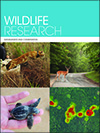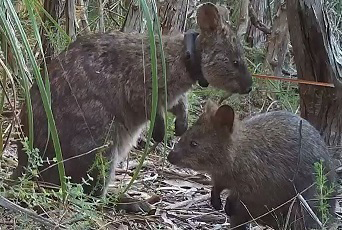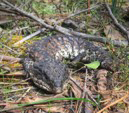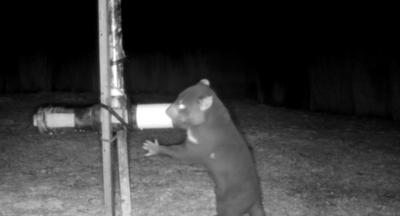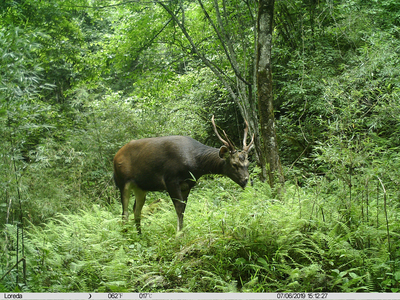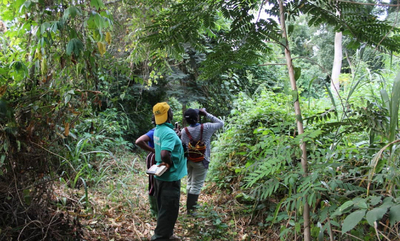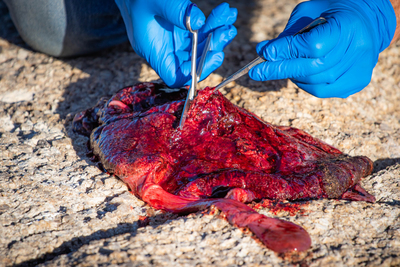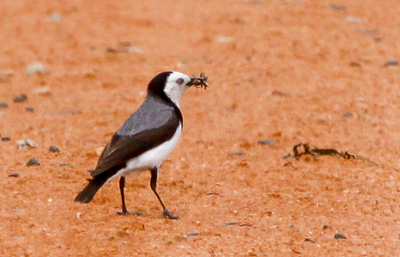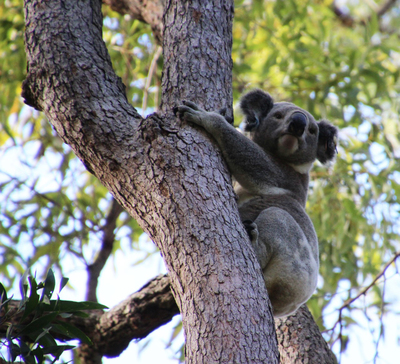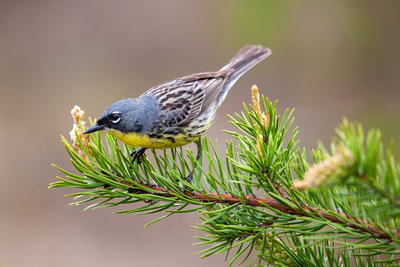
Brood parasitism can strongly impact songbird productivity and was a major factor resulting in the historical decline of the Kirtland’s warbler. We found contemporary cowbird brood parasitism rates were around 1.5% within the primary breeding area of the Kirtland’s warbler, the species can withstand a reduction in productivity of 13–18% before declining, and high parasitism rates in the peripheral breeding area are sustainable long-term if cowbird removal occurs in the core breeding area. Our study provides parasitism thresholds to assist with development of management strategies to ensure long-term viability of this conservation-reliant species. Photograph by Nathan W. Cooper.


